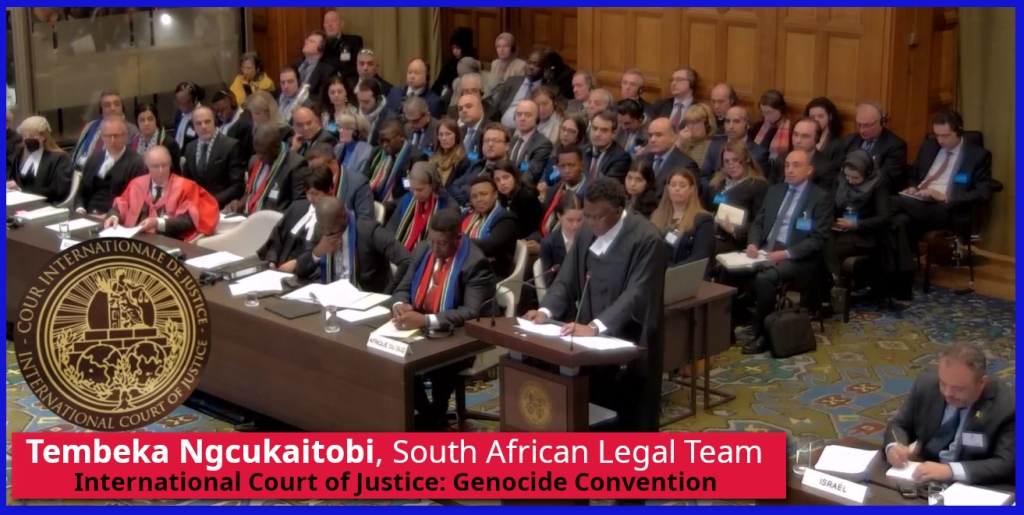‘The Time for Talk Is Over’: Survivors React to the Missing Women’s Inquiry | The Tyee:
Carol Eugene Park: ‘The Time for Talk Is Over’: Survivors React to the Missing Women’s Inquiry. Systemic colonial violence creates genocide against Indigenous Peoples, says final report. he hundreds of recommendations for Canadian society and government by the National Inquiry of Missing and Murdered Indigenous Women and Girls are in response to what is properly called genocide, said a First Nations lawyer at a press conference in Vancouver Monday.
The inquiry report’s use of the term genocide to describe what it called systematic race- and gender-based violence against Indigenous women, girls, trans and two-spirit people was hotly debated on social media since the report’s leak on Friday.
But Sharon McIvor, Nlaka’pamux from the Lower Nicola Indian Band and an activist, lawyer and college professor said, “It was good to acknowledge that what’s been happening for the last 200 years is genocide.”
McIvor said Canada must acknowledge its role in creating and perpetuating the colonial structures that have led to the high murder rates Indigenous women and girls have and continue to face.
“They have a huge role to play to put us where we are, and they have a role to play to get us back from where we are,” McIvor said. “I call on the government to take [the report] seriously and tomorrow make me equal to my male counterparts in law.”
The inquiry’s report, released Monday, is 1,200 pages long and contains 231 recommendations the inquiry says will end violence against Indigenous women, girls and two-spirit people.
The recommendations include calls for action on human rights, policing, the justice system, corrections, health care, education, media, social work and child welfare.
“He gave us this national inquiry of MMIWG,” Williams said. “However, he approved the pipelines to go into Mother Earth, raping her and creating more places for women to go missing and be murdered along these pipelines? It is a known fact that our Indigenous women and girls go missing and are murdered along these pipelines.”
Williams said Trudeau does not represent Indigenous peoples in Canada, or the missing and murdered Indigenous women and girls. “We are the original nations of Turtle Island,” she said.
The introduction to the inquiry’s report reads, “The fact that this National Inquiry is happening now doesn’t mean that Indigenous peoples waited this long to speak up; it means it took this long for Canada to listen.”
But that statement falls short for Summer-Rain Bentham, manager at Battered Women’s Support Services.
“Listening is not action,” she said. “Listening does not stop men from being able to target and harm Indigenous women and girls, trans, and two-spirit with near impunity.”
Bentham said the ongoing disappearance and murder of women and girls since the inquiry’s start three years ago is evidence that Canada is ignoring the genocide against Indigenous women, girls and two-spirit people.
Implementing the calls to justice are the first steps Canada can take to show that “Indigenous women and girls are valuable, sacred,” Bentham said.
“Our sisters and two-spirit relatives who have been missing or murdered — they paid with their lives for this movement. They gave their lives so that we would be able to fight for the safety of other Indigenous women and girls and two-spirit folks…. We have a responsibility to them.”
Grand Chief Stewart Phillip, president of the Union of B.C. Indian Chiefs, was the final speaker to respond to the National Inquiry of Missing and Murdered Indigenous Women and Girls.
He said real change must be fought for, and Canada’s genocidal history described in the report must be acknowledged.
“It’s our responsibility to hold all governments at all levels to account, to ensure that the recommendations of this report do not gather dust on some bureaucratic shelf in Ottawa like the Royal Commission on Aboriginal Peoples,” he said.
Phillip criticized Trudeau for what he said were his lack of concrete solutions to Canada’s genocidal history and present.
“We can’t allow Prime Minister Trudeau to prance in here and offer good intentions,” Phillip said. “We need action. Enough talk, enough consultation. The time for talk is over, now is the time for action. It’s our responsibility to ensure that happens.”
![PARLIAMENT OF CANADA
[logo] House of Commons
Chambre des Communes
Canada
Petition e-4802 (Foreign affairs) #UNRWA
History
Open for signature
February 12, 2024, at 2:03 p.m. (EDT)
Closed for signature
March 13, 2024, at 2:03 p.m. (EDT)
Member of Parliament
Mike Morrice
Kitchener Centre
Green Party Caucus
Ontario
7,300 signatures
Province/ Territory Signatures
Alberta 455
British Columbia 1,242
Manitoba 73
New Brunswick 40
Newfoundland and Labrador 46
Northwest Territories 6
Nova Scotia 185
Nunavut 3
Ontario 4,062
Prince Edward Island 26
Québec 982
Saskatchewan 88
Yukon Territory 6](https://whoacanada.files.wordpress.com/2024/03/petition-signaturesformarch-1.png?w=1024)





